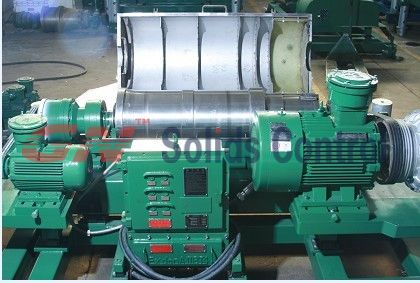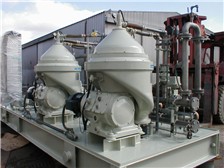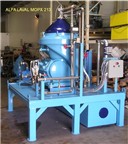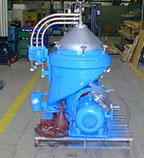North Korea’s surprise revelation of more than 1,000 centrifuges in a state-of-the-art uranium enrichment facility is a tour de force of political theatre, one that leaves the world’s big powers and intelligence agencies on the back foot.
A report by a US-based atomic scientist who saw the facility this month will pose tough questions for Washington, Seoul and Tokyo which had all expressed optimism that stringent international sanctions could choke Pyongyang’s atomic ambitions.
That policy is now under greater scrutiny than before, just as George W. Bush’s initially more confrontational approach to North Korea was widely criticised after the country exploded a plutonium-based device in 2006. But the news also puts more pressure on China, which features in allegations about the proliferation network that helped Pyongyang further its nuclear ambitions.
Most analysts discount North Korean claims of indigenous capability and believe Pyongyang has received significantly more foreign help than the two dozen centrifuges it procured from the Pakistani AQ Khan network in about 2000.
“One of the most puzzling issues is how they got this far,” writes Siegfried Hecker, a former director of the Los Alamos National Laboratory, after his visit to the site. Mr Hecker cites work by the Washington-based Institute for Science and International Security on China, as well as his own fears about connections with Iran. Isis says a Pyongyang-based group called Nam Chongang Trading Company, which buys and sells missiles and nuclear groups and was involved in outfitting a secret nuclear reactor in Syria, has had extensive operations in China, including a business address in Beijing.
“A North Korean company like NCG could blend in easily in China,” Isis wrote in a report last month. “In China, it can effectively buy dual-use equipment from suppliers throughout the world, even those in Europe and the US.”
The report adds that although UN sanctions were imposed on the group in 2009, it is believed to be active in China, possibly under another name. The enrichment plant also poses awkward questions for intelligence services. The world’s top spies seem to have missed the extent of work being conducted right beside a known nuclear reactor at Yongbyon.
“This is a big, big surprise,” says Daniel Pinkston, North Korea specialist at International Crisis Group, a think-tank.
But a senior US intelligence official said: “It’s wrong for anyone to assert that US intelligence agencies somehow missed the boat. We’ve been aware of North Korea’s uranium enrichment activities for years.”
Nevertheless, US assessments of uranium enrichment in North Korea have seesawed, from Mr Bush’s allegations that the country was engaging in enrichment in 2002 to only “moderate confidence” five years later that an enrichment programme even existed, to renewed warnings about enrichment from 2009 onwards.
There has been little inkling of a programme of the current alleged size. But the Isis report last month said it had found data “that North Korea has moved beyond laboratory-scale work and has the capability to build, at the very least, a pilot-scale gas centrifuge plant”.
David Albright, Isis president said: “There’s been great resistance among policymakers to accept the existence of a centrifuge plant: it just complicates things, it makes it harder to negotiate.”
In his own report on his findings Mr Hecker says the plant appears “to be designed primarily for civilian nuclear power, not to boost North Korea’s military capability”.
North Korea is building a light-water reactor nearby at Yongbyon, which would not be well suited for producing fissile material but which would use low enriched uranium as fuel.
Both facilities are on the site of the country’s disabled Yongbyon reactor, which produced the plutonium used in the country’s current stockpile of nuclear devices.
Mr Hecker says: “The greatest concern is that a facility of equal or greater capacity, configured to produce highly enriched uranium exists somewhere else. Such a facility would be difficult to detect as demonstrated by the fact that this facility was undetected in the middle of the Yongbyon fuel fabrication site.”
South Korean atomic negotiators have responded to questions on uranium enrichment with shrugs, saying they have no idea how far Pyongyang’s nuclear scientists have got or where they might be running their experiments.
The Yongbyon staff said the uranium enrichment facility and new light-water reactor under construction were necessary to provide the country with much needed electricity. North Korea is probably producing well under half the power it produced in 1990.
A Yongbyon official said the facility’s control screens would prove that North Korea was not enriching the fuel beyond the low level needed for civilian power.
source: www.ft.com













